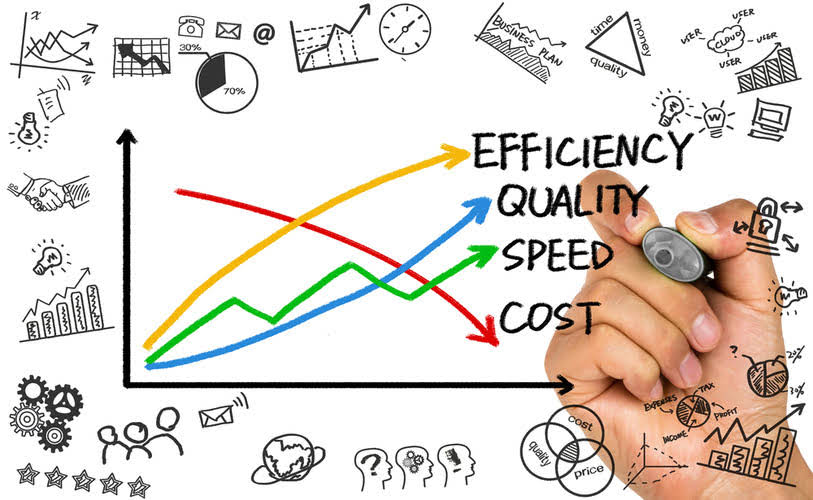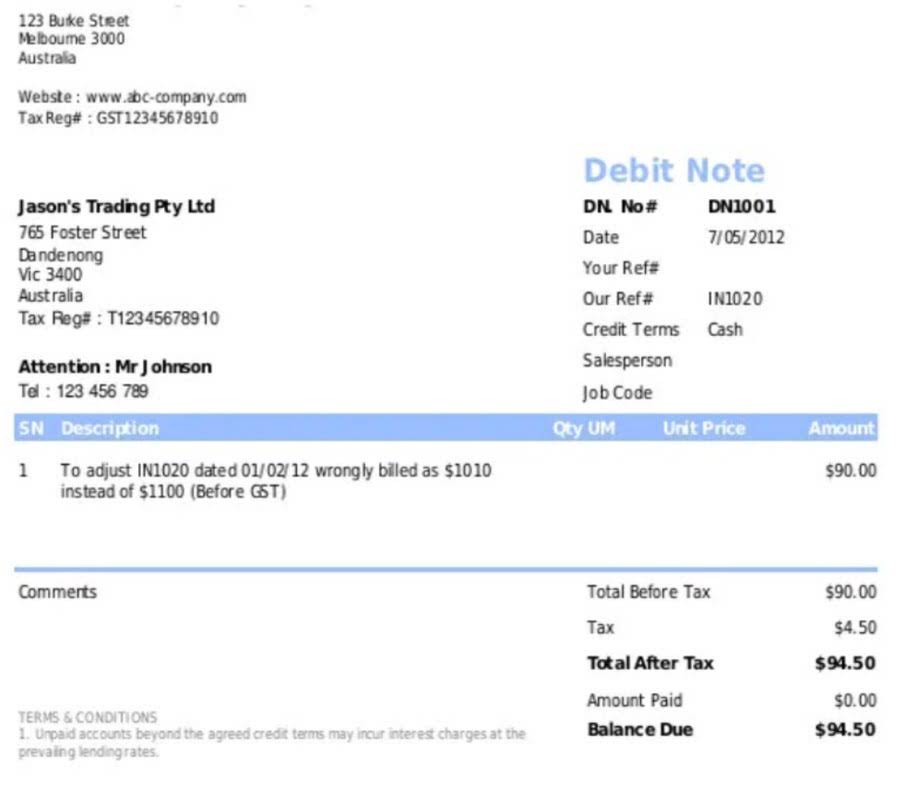
Financial risk assessment is often used in conjunction with other risk management tools, such as risk assessment models, credit rating agencies, and internal control assessments. Risk assessment models are used to calculate the probability and magnitude of potential risks. Credit rating agencies are used to determine the creditworthiness of a company or individual.

Streamline your crypto exchange integration process
- Applying a risk management methodology to financial risks yields many benefits for companies that are able to implement FRM well.
- In an increasingly complex and interconnected global economy, the ability to accurately assess financial risks has become paramount for businesses of all sizes.
- Every business owner should think about performing a financial risk assessment of their company on a regular basis.
- By adopting such integrated approaches, CFOs can make informed decisions regarding their management strategies.
- As companies grapple with an array of financial threats—from market fluctuations to regulatory changes—implementing a systematic approach to risk assessment becomes essential.
- Learn what a financial management system is, key components, benefits, and discover top software solutions to streamline finance processes.
- This approach can be especially valuable when dealing with complex situations that may not lend themselves easily to numerical calculations.
Additionally, incorporating scenario analysis, stress testing, and effective communication helps stakeholders understand the potential risks and develop appropriate risk mitigation strategies. FRM best practices offer companies ways to handle the most common financial risks, and reduce or eliminate the likelihood or impact of those risks. With a financial risk management approach and regular risk assessments, your organization can manage various types of risks, and gain an advantage in a market full of volatility. Financial risk management involves identifying, assessing, and mitigating potential financial risks that could adversely impact an organization’s profitability, stability, or liquidity. By incorporating these best practices, individuals and organizations can conduct thorough and reliable financial risk assessments. This enables them to make well-informed decisions, implement effective risk management strategies, and safeguard their financial stability in an ever-changing business environment.
- Establishing methods for financial risk assessment will align most closely with the need of the organization.
- High interest rates in the market discourage people from taking out loans and encourage savings, providing a potential risk to lenders and banks’ revenue.
- Another important aspect of operational risk management is the use of technology to automate and streamline processes.
- Stay ahead of potential financial risks by regularly reviewing and updating the risk assessment template to reflect changes in the business environment and regulatory landscape.
- Unlike VaR, which focuses on normal market conditions, stress testing examines the impact of rare but severe events, such as economic recessions or financial crises.
Financial Risk Assessments – What Are They & Why Your Company Needs One
Technologies like artificial intelligence and machine learning improve forecasting accuracy by sifting through vast datasets, revealing trends that traditional methods may overlook. With real-time data integration, you can dynamically update forecasts, ensuring your financial risk assessments are aligned with current market conditions. A financial risk assessment involves analyzing these risks based on their likelihood and potential impact. This process helps you reduce the occurrence of risks or prepare contingency plans for adverse scenarios.

Monitoring the effectiveness of the strategy in managing the risk
It involves assessing various types of risks, such as market risk, credit risk, liquidity risk, and operational risk. By implementing strategies like hedging, diversification, and insurance, companies aim to minimize the adverse effects of unpredictable events on their financial health. To understand financial risk management, it’s important to understand the different types of financial risks that face companies.

One best practice in financial risk identification is to create a comprehensive risk register. This document serves as a central repository for all identified risks, their potential impacts, and the likelihood of occurrence. Regularly updating this register ensures that your risk assessment remains current and relevant.
A fund manager may claim to have an active sector rotation strategy for beating the S&P 500 with a track record of beating the index by 1.5% on an average annualized basis. This excess return is the manager’s value, the alpha, and the investor is willing to pay higher fees to obtain it. A gradient of 1 indicates that for every unit increase in market return, the portfolio return also increases by one unit. Confidence level is a probability statement based on the statistical characteristics of the investment and the shape of its distribution curve. Investment professionals constantly seek to reduce volatility and they sometimes achieve it but there’s no clear consensus on how financial risk to do it. Governments issue debt in the form of bonds and notes to fund wars, build bridges and other infrastructure, and pay for their general day-to-day operations.

There will be a presence of financial risk until equity financing is increased drastically. You can handle financial risk by reducing debt financing and by increasing equity financing. Credit risk is the risk that a customer or borrower fails to meet their financial obligations, like payments. Companies can take steps to mitigate credit risk through insurance and collateral, however, some parties may default regardless. Credit checks are another common means used https://www.bookstime.com/blog/bakery-accounting to evaluate a customer or borrower’s eligibility for deferred payments.
Implement blockchain technology seamlessly with this comprehensive guide
Legal risk assessors focus on the potential for negative legal consequences of organizational actions, such as lawsuits and regulatory fines. Building http://nekokapuri.s1009.xrea.com/2023/04/10/how-to-track-inventory-best-methods-small-business/ forecasts or projections in Mosaic helps alert you to potential risks long before they occur. For instance, continuously updated cash flow forecasts can help you avoid liquidity shortfalls, while rolling forecasts help you stay continuously aligned with goals. By conducting a thorough assessment, organizations can proactively identify vulnerabilities and implement strategic measures to mitigate these risks, thereby enhancing their financial resilience.
Expense and Payment Management Data Sheet
Financial risk assessment can be used to identify and quantify financial risks that may affect the organisation. It can help to identify and manage those risks, and can also help to make informed decisions about investment, lending, and other financial activities. Moreover, scenario analysis tools enable you to explore various potential outcomes, preparing you for worst-case scenarios and supporting informed strategic decisions.
